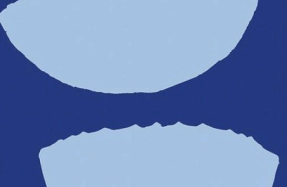
When looking at an unfamiliar work of art in a museum, one often seeks out the label first. I encourage foregoing the label for a few moments. Just study the work.
Sketching the work is the best method I’ve found to force myself into close observation, deep looking. During the sketching process I learn things about the work I would never have noticed. Somewhere, long ago, I read, if you want to know something, sketch that thing.
As I become focused on the work and begin sketching, the gallery becomes quiet, likened tomusical instruments. I also begin to feel a connection with ceramicists across time and space. I identify with their methods, such as wheel-thrown or slab construction; employed and even celebrated small eureka moments the ceramicist must have felt in the making, such as a unique solution to a handle on a cup. I can sense their culture, their toil, and their vibrancy.






